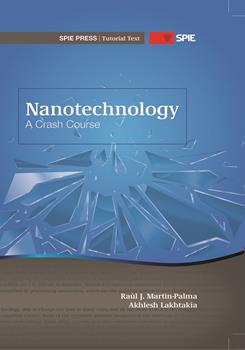|
Materials consisting of nanostructures or possessing morphology at the nanoscale are commonly found in nature. The reader's body contains nanomaterials such as proteins and DNA. Nanomaterials are also found in smoke from fires, in volcanic ash, in sea spray, and so on. Nanoparticles have been used for a couple of millenniums to add color to glass and ceramics. Nanoparticles have also been traditionally used for catalysis and, for about a century, nanoscale thin films have been fabricated for optical devices. What is new during the past two or three decades is an explosive increase in our ability to fabricate nanostructures and nanosystems with a great degree of control and using a diversity of techniques, accompanied by a similar enhancement in our ability to characterize structures and systems at the nanoscale. In fact, only recently, many of the systems proposed in the early 20th century have been fabricated thanks to the advent of such precise techniques as molecular beam epitaxy and scanning tunneling microscopy. 1.1 Definitions The term nanotechnology has been traced to 1974, when Norio Taniguchi, a professor of the Tokyo Science University outlined his vision of atom-by-atom or molecule-by-molecule manipulation of matter for the semiconductor industry. That vision was substantially realized during the next four decades, as the crucial gate oxide layers in metal-oxide-semiconductor (MOS) devices-the workhorses of integrated electronics-shrank to 2 nm in thickness. Subsequent technical improvements have allowed the realization of nanoscale structures in two and three dimensions. In a decadal survey of physics published in 1999 by the U.S. National Research Council, a dominant theme that emerged was nanosciences and nanotechnologies. The nanoscale is two-faced like the Roman god Janus of doorways: matter at the nanoscale exhibits continuum characteristics, but molecules and their clusters of small size can still display their individuality. For that reason, the U.S. federal government began to promote research on material morphologies and architectures with at least one dimension smaller than 100 nm. |
|
|


